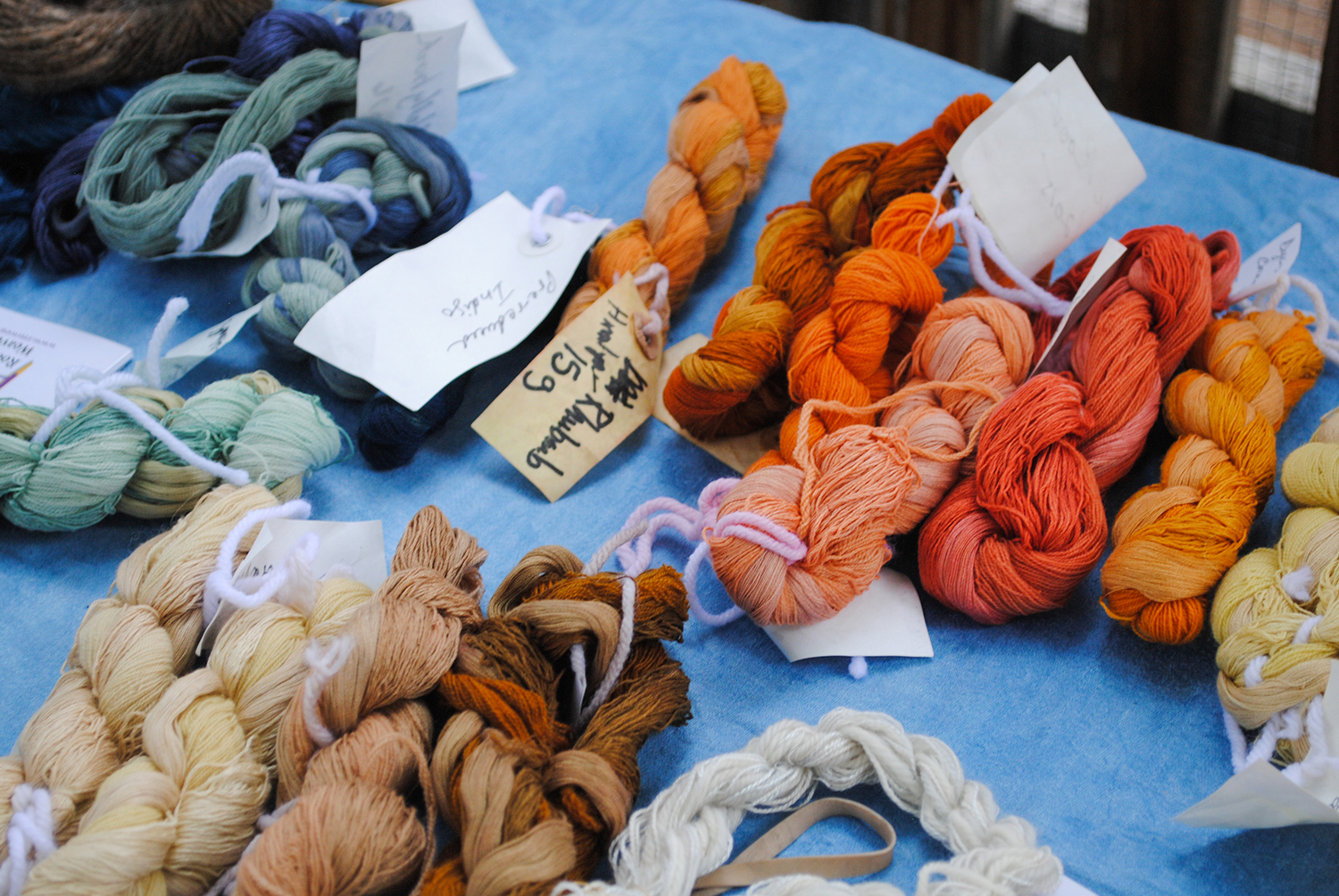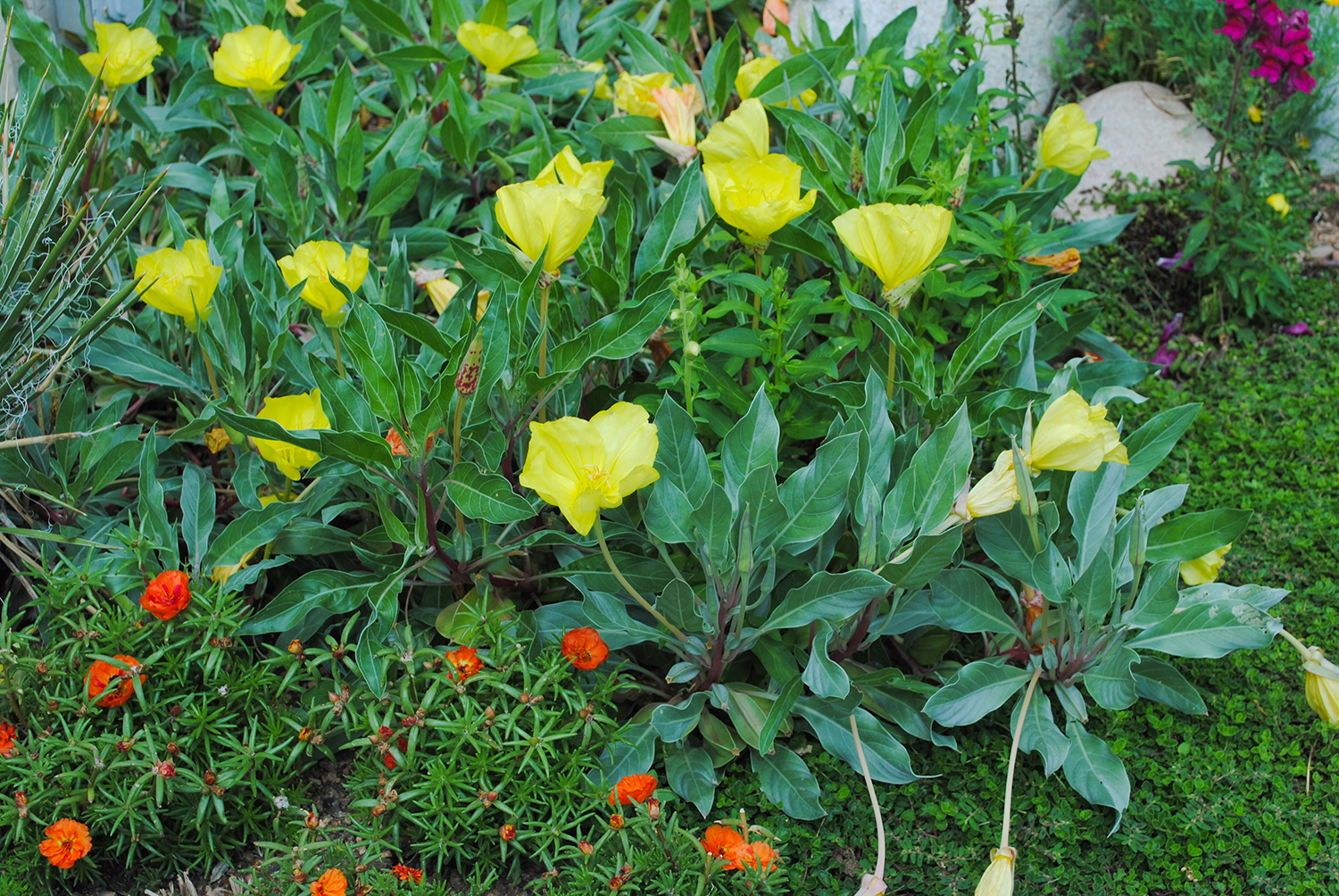I love the cool mornings of fall. They are so invigorating. Sure, the day may forget that it was ever in the 50's by 2 pm, but I don't. I revel in them as I'm out and about enjoying this vacation from the heat that's blasted us all summer.
However, other creatures that depend on ambient temperatures are a bit slower.
* * *
I remember one of the first cool mornings of fall last year I was out the door before sunrise to enjoy the coolness of the day. My journal showed it was 54 degrees that morning, and I remember hardly a cloud in the sky. Brisk and beautiful.
I began tackling my tasks, and inevitably this led to snapping some golden-hour photos. My subject for the morning was to capture autumn color on my colleague Dawn Stover's ornamental grass collection at SFA. As I let the shutter fly, a colorful blotch in one of the grasses caught my eye.
"Is that... a BUTTERFLY!?!?" I asked myself quite surprised. I dashed to get a good photograph as if it were going to fly away, but I needn't rush. Poor thing couldn't budge since it was so chilly. It was a Gulf Fritillary.
I was mesmerized by the idleness. Butterflies are fleeting moments in the garden, and being able to snap a picture of them is like trying to photograph a ghost. Yet, here was one frozen in time. I paused to admire the minutiae that are usually a blur in flight—the autumn-colored regalia, the black-outlined white spots, and the curled proboscis.
As I walked away, I savored the up close and incredible experience and thought about it being a once in a lifetime encounter. I began to turn my attention back to the other grasses when I saw a SECOND one! This time it had fastened itself onto Schizachyrium scoparium 'Standing Ovation' (little bluestem).
I was really perplexed as I've never seen butterflies roost before, and now I've discovered two in one morning? A bit of research shows that indeed others have witnessed the phenomenon. Grasses are a common perch for them overnight, yet another reason to add these stellar perennials to the garden.
As I walked away, I thought how thankful I am of these chilly mornings that inevitably are winter's pregame. We all know what comes next—frost and the close of the season. Therefore, as cooler days descend on us, rise early and look for these little moments that add so much to our gardening life.
















































































